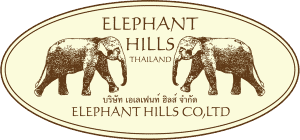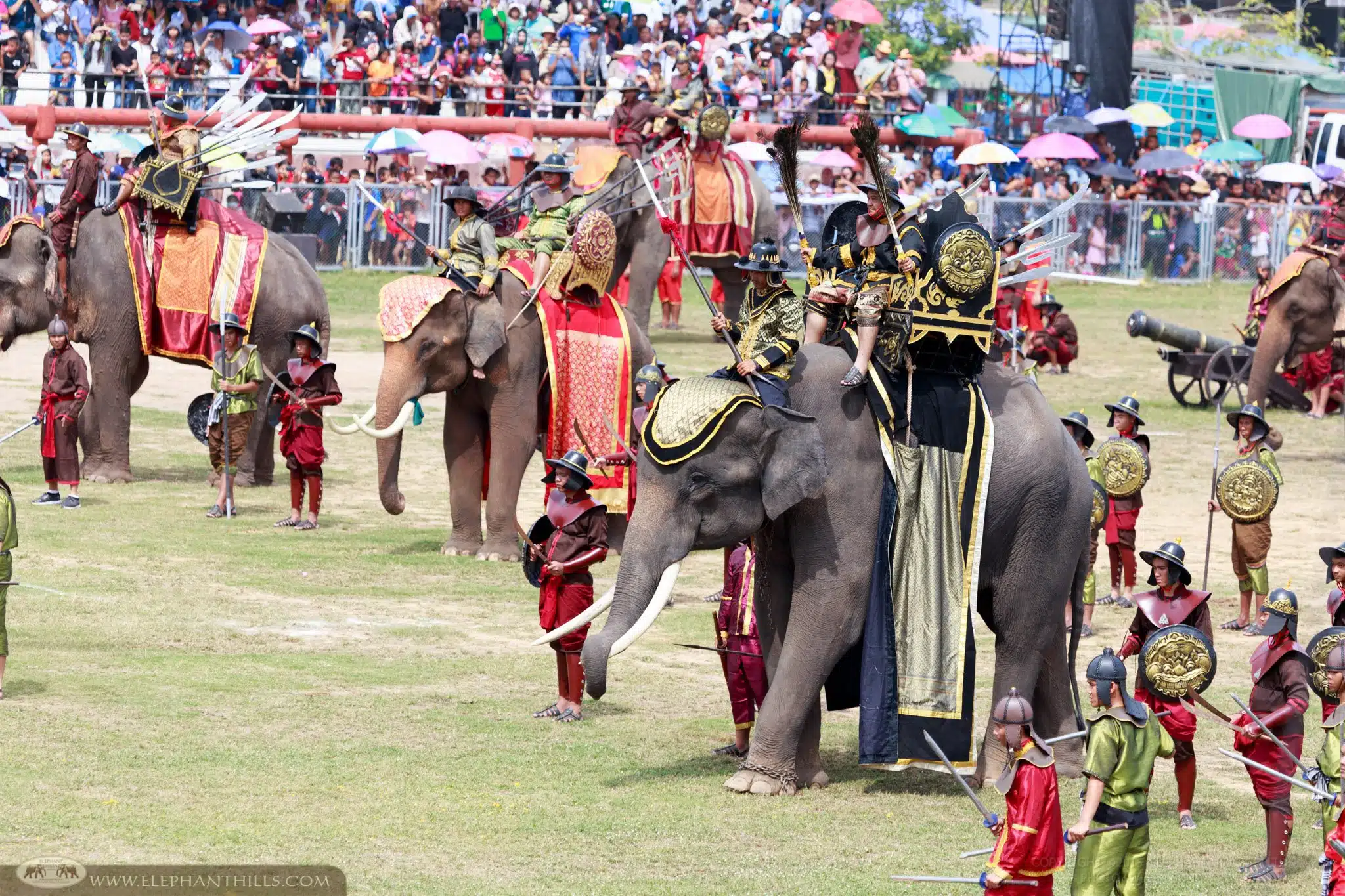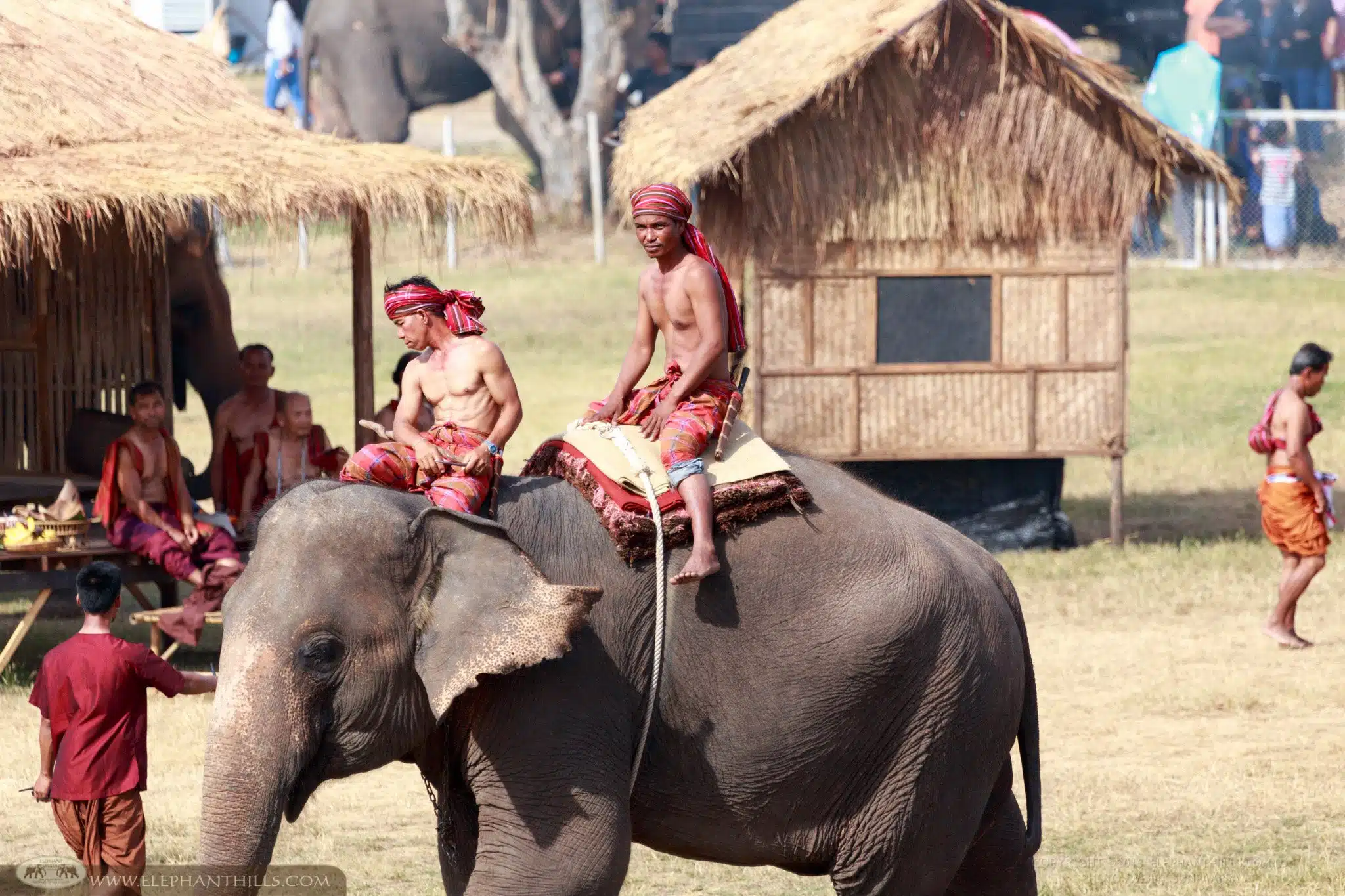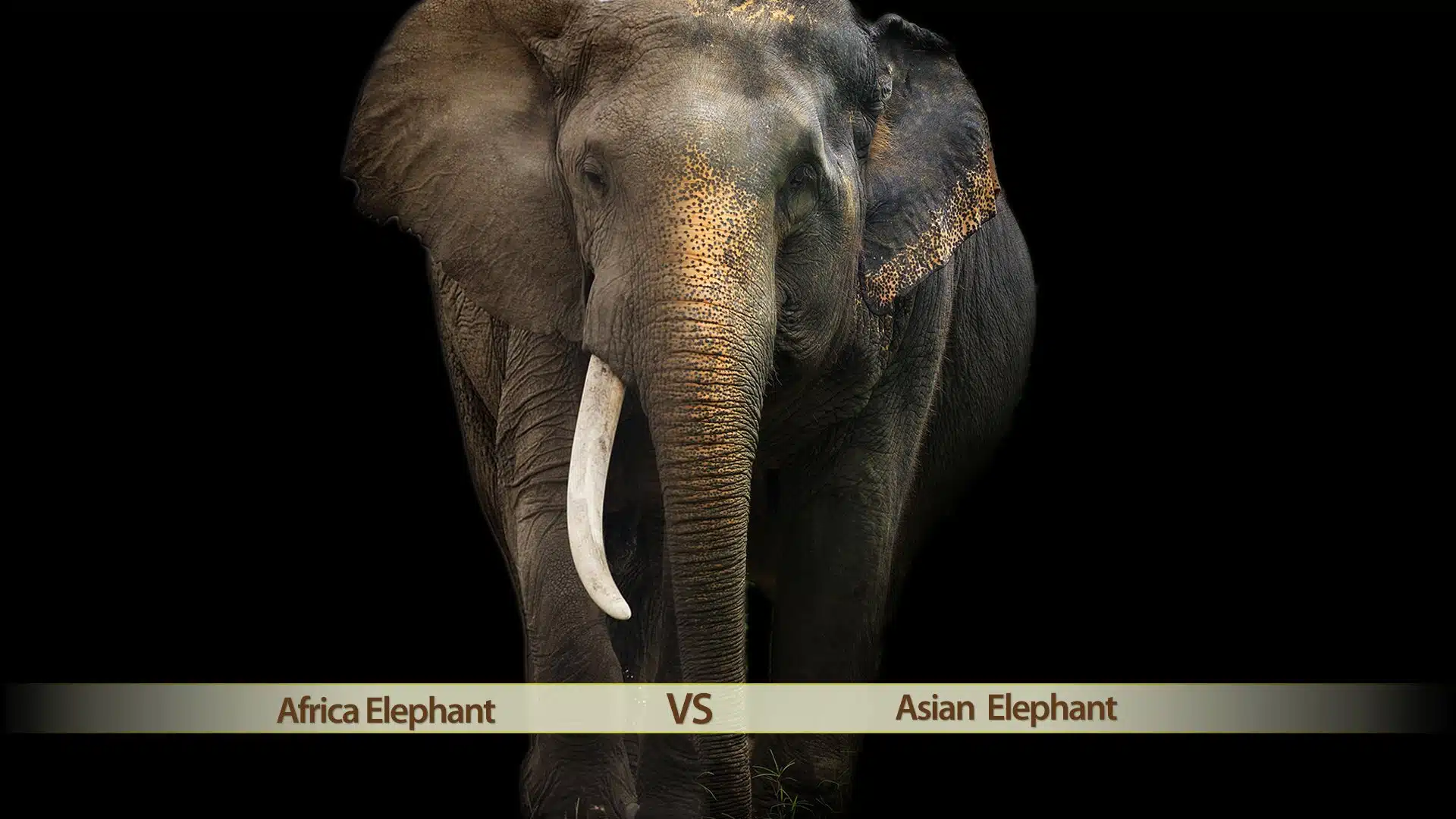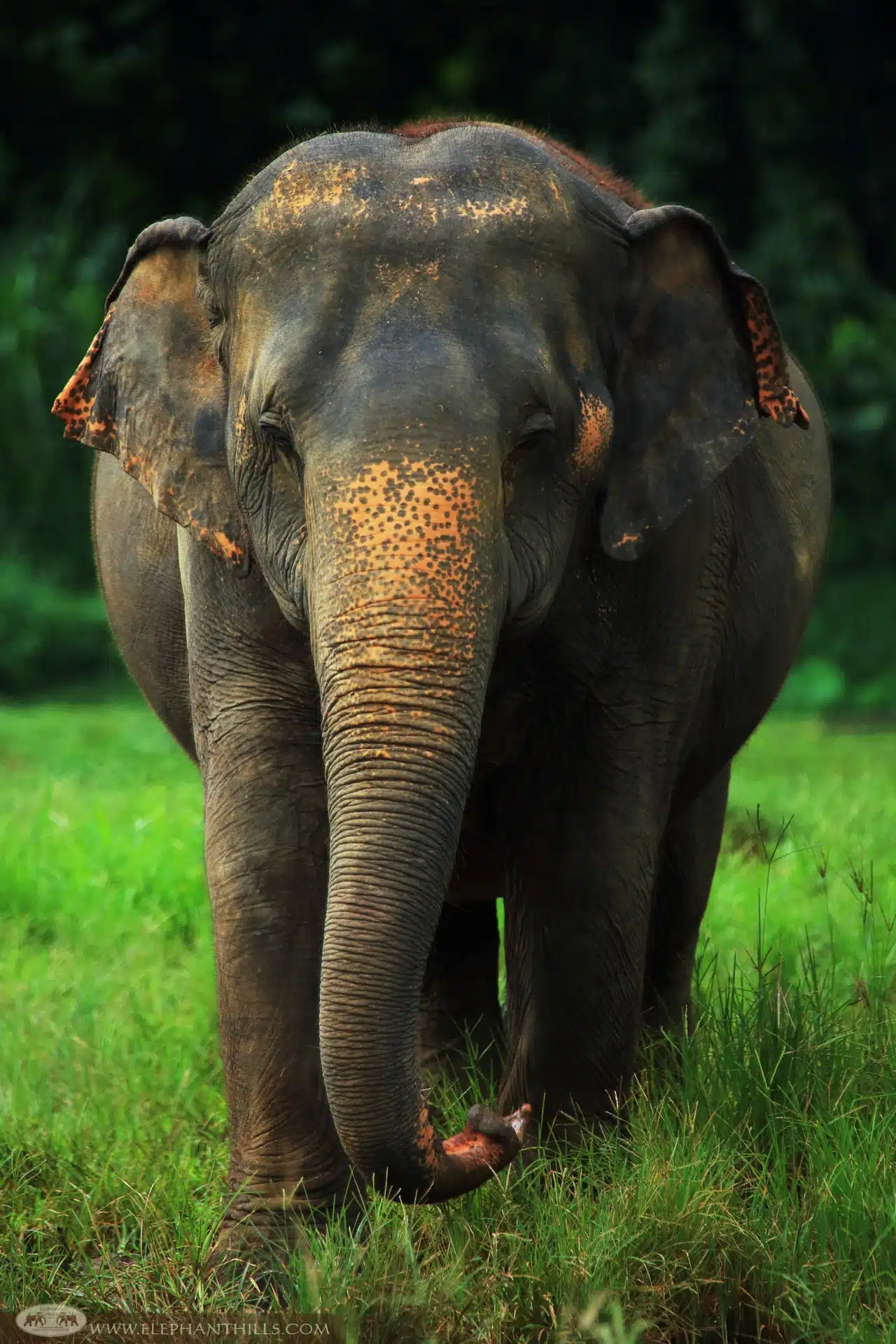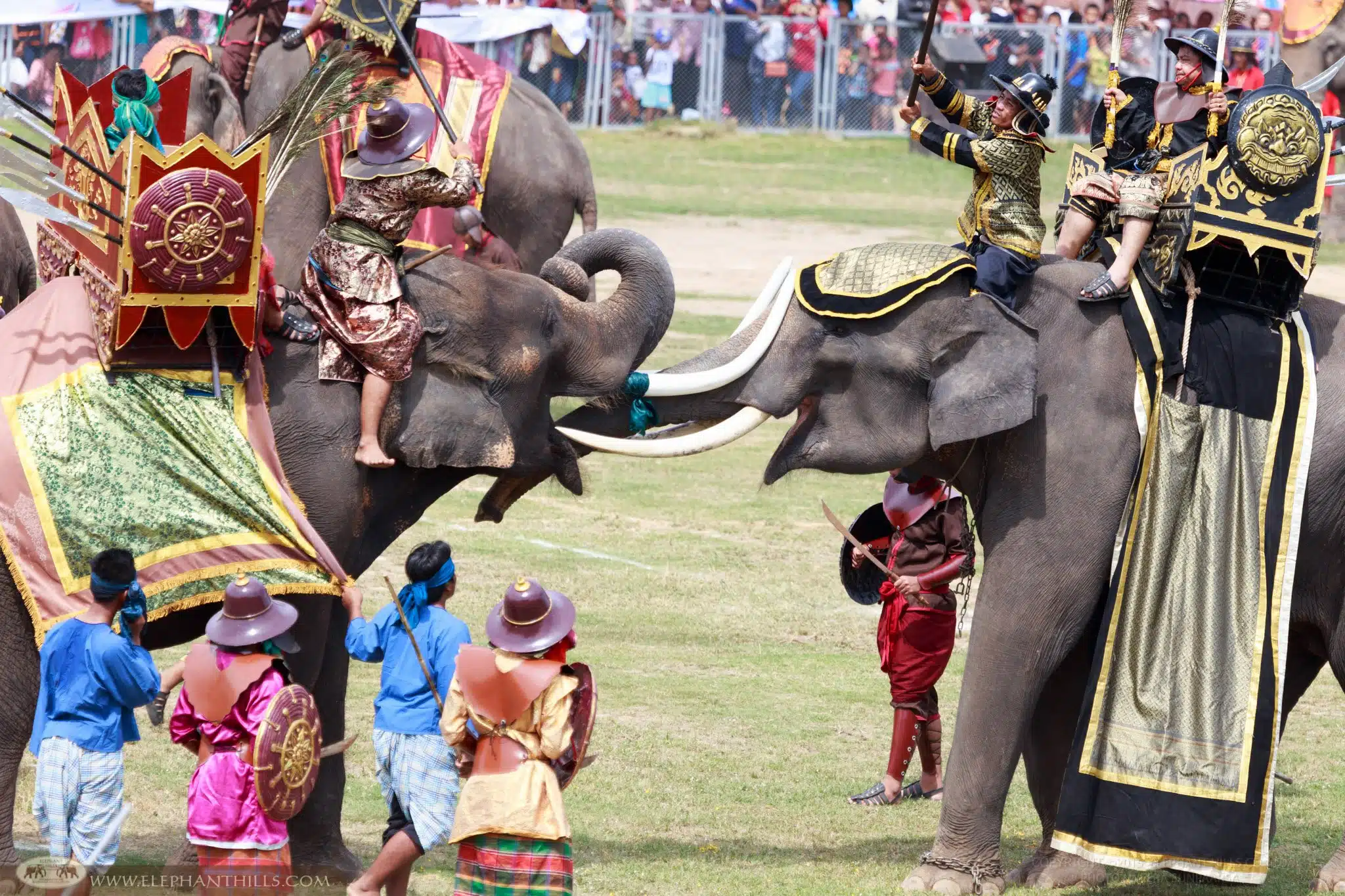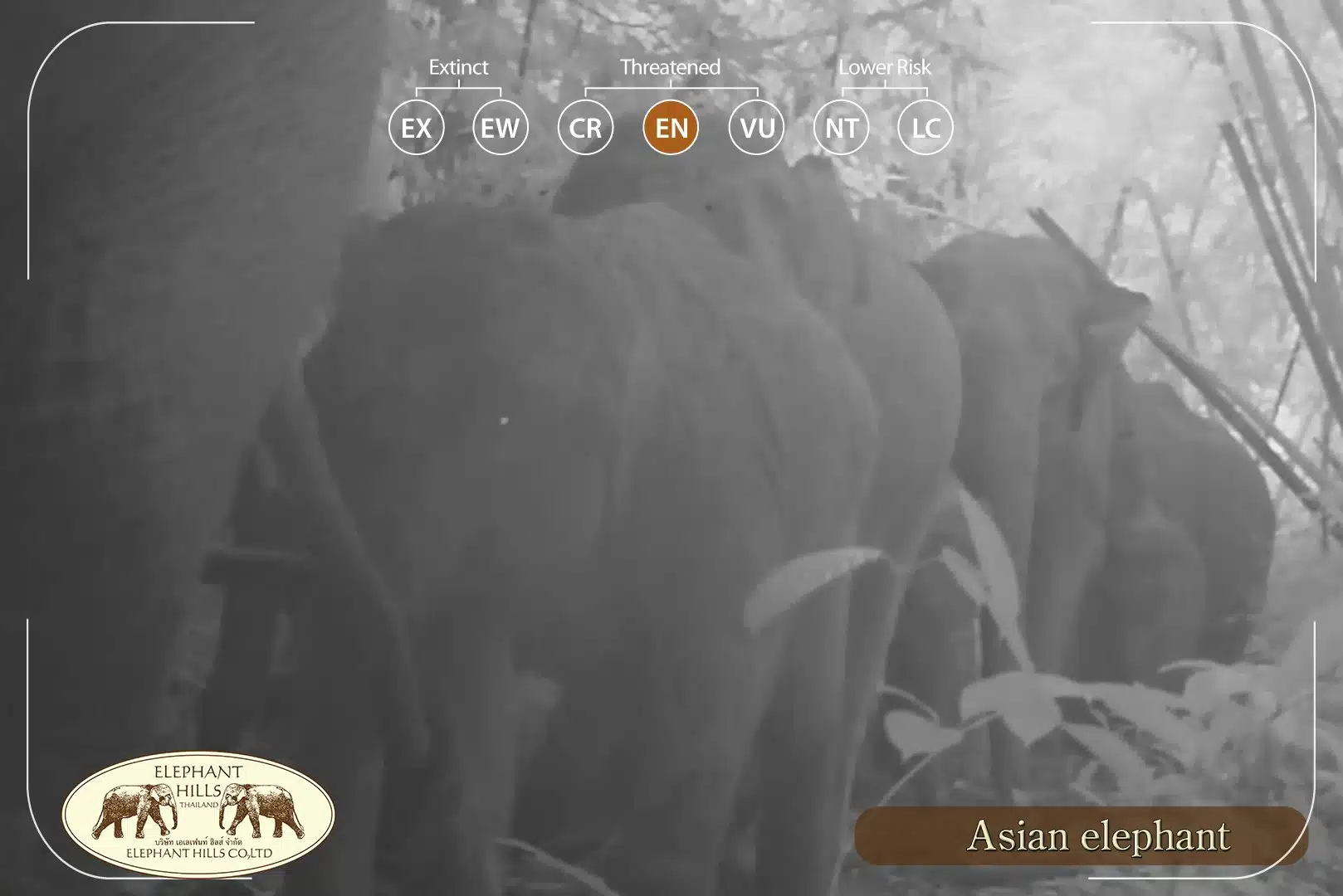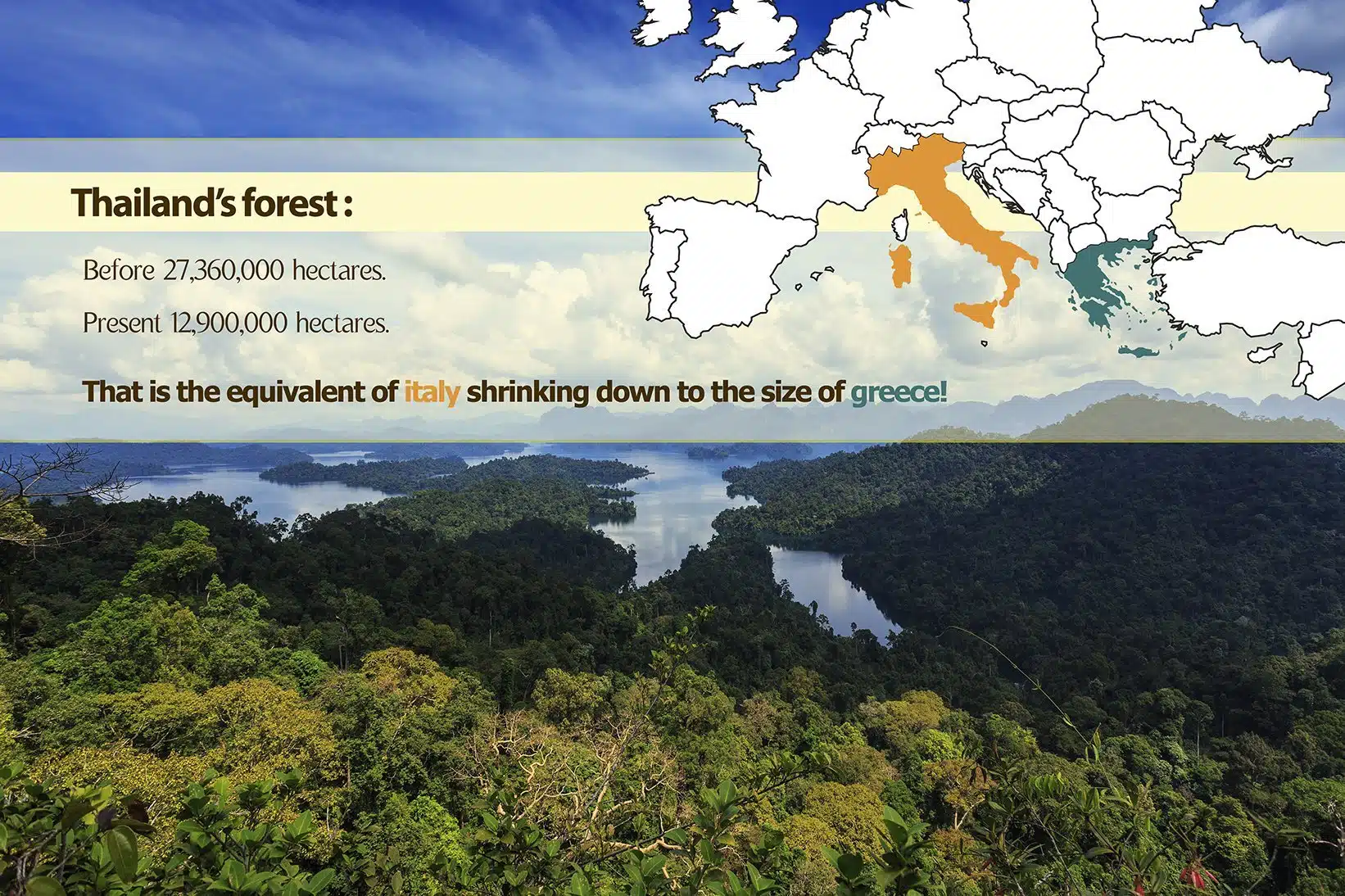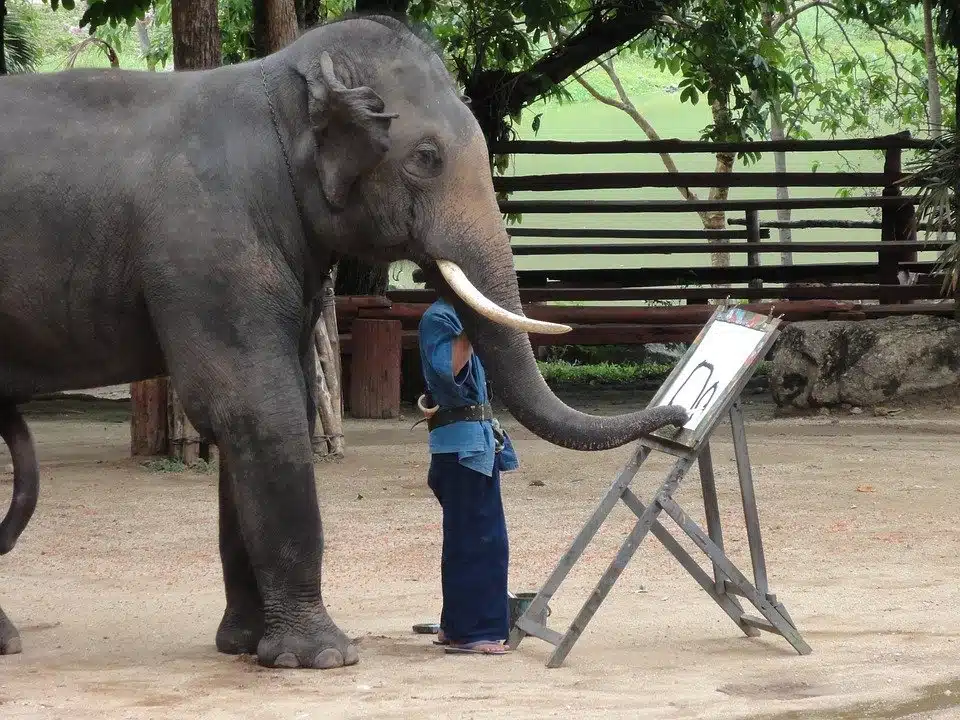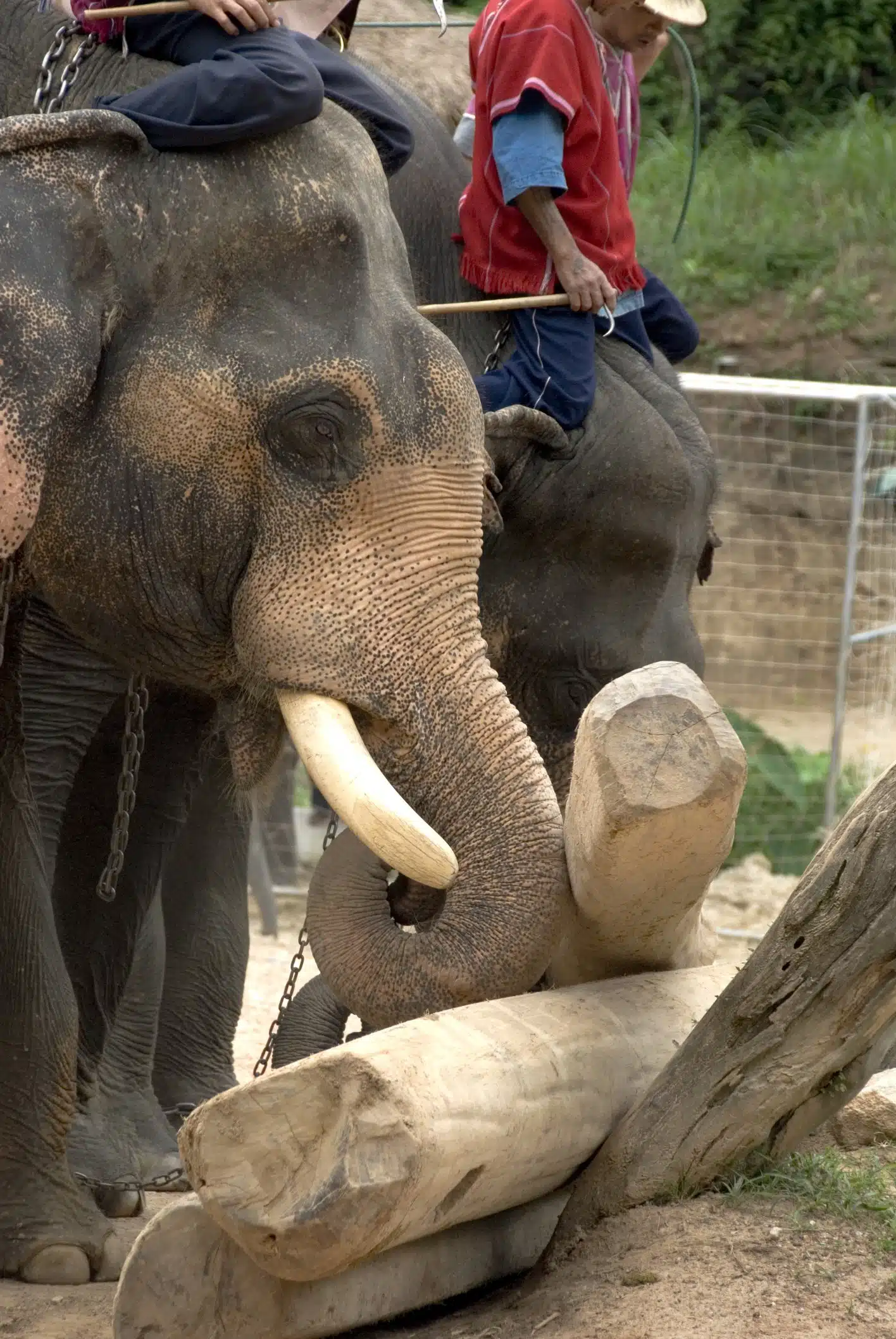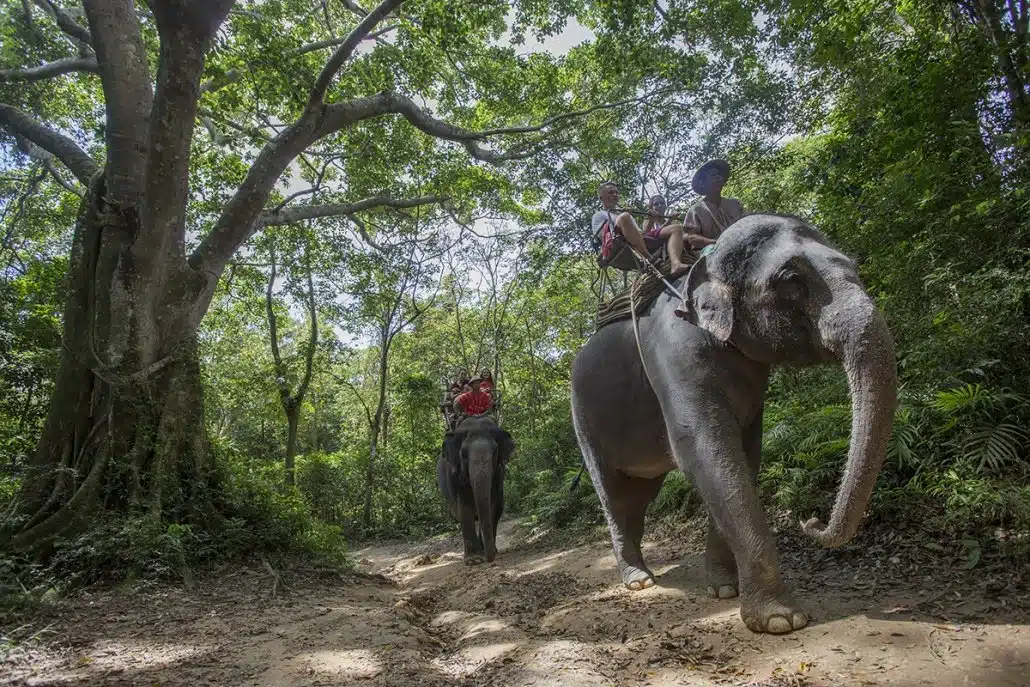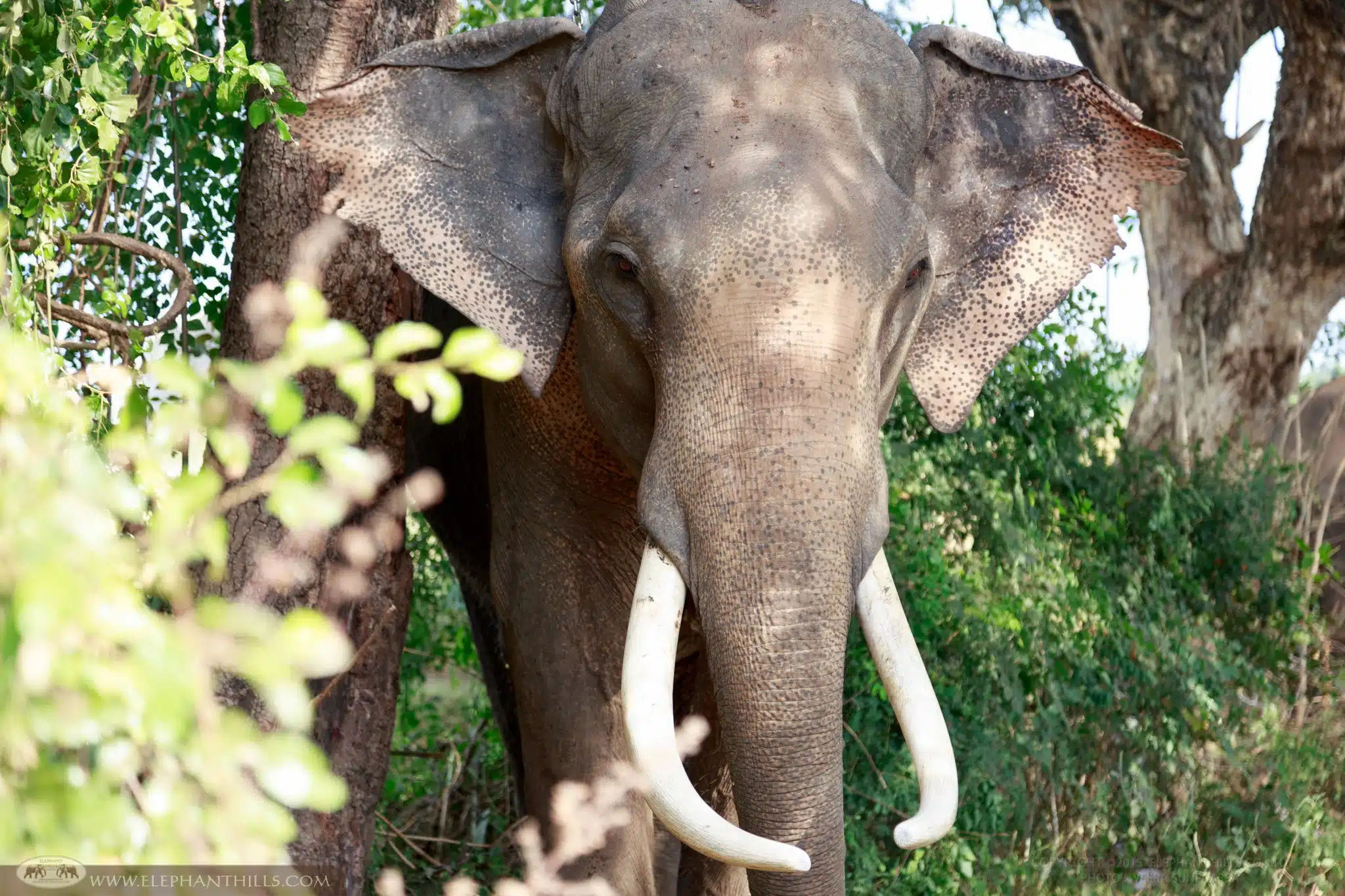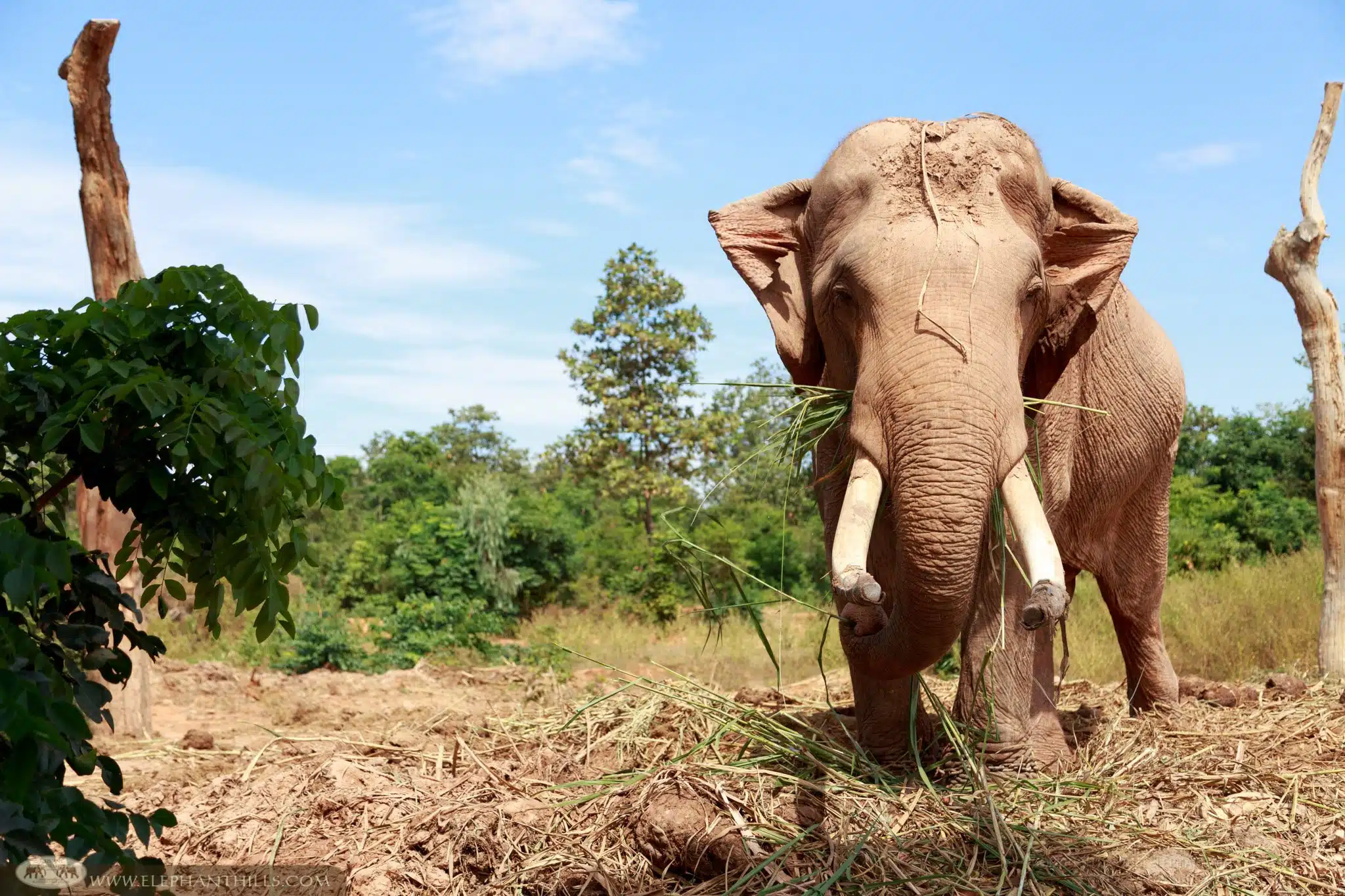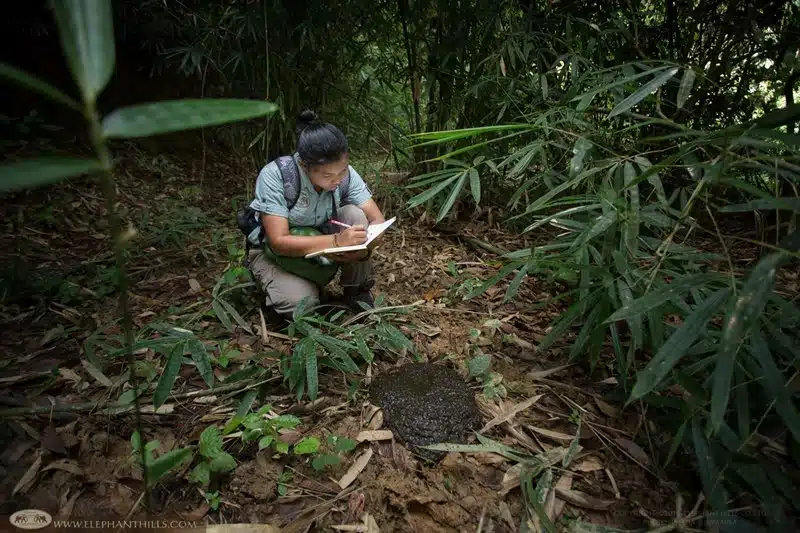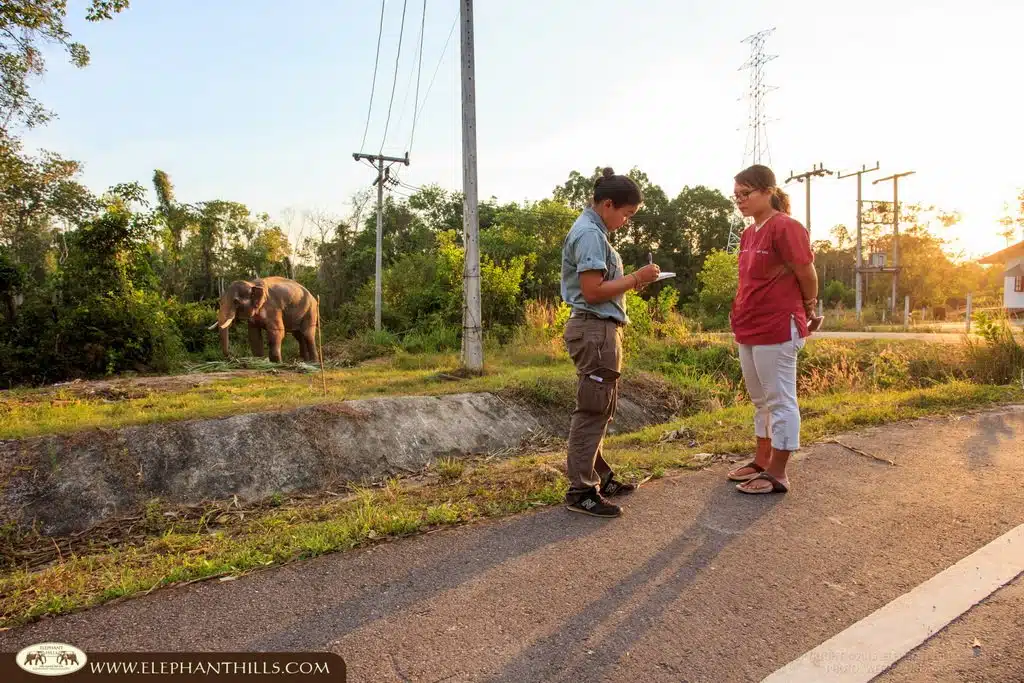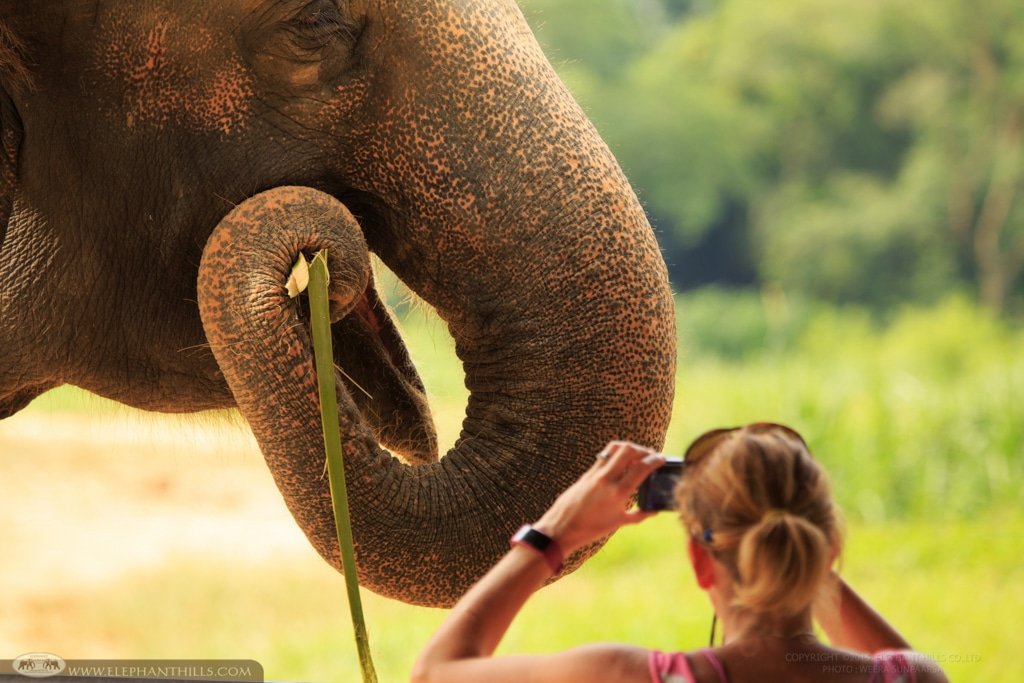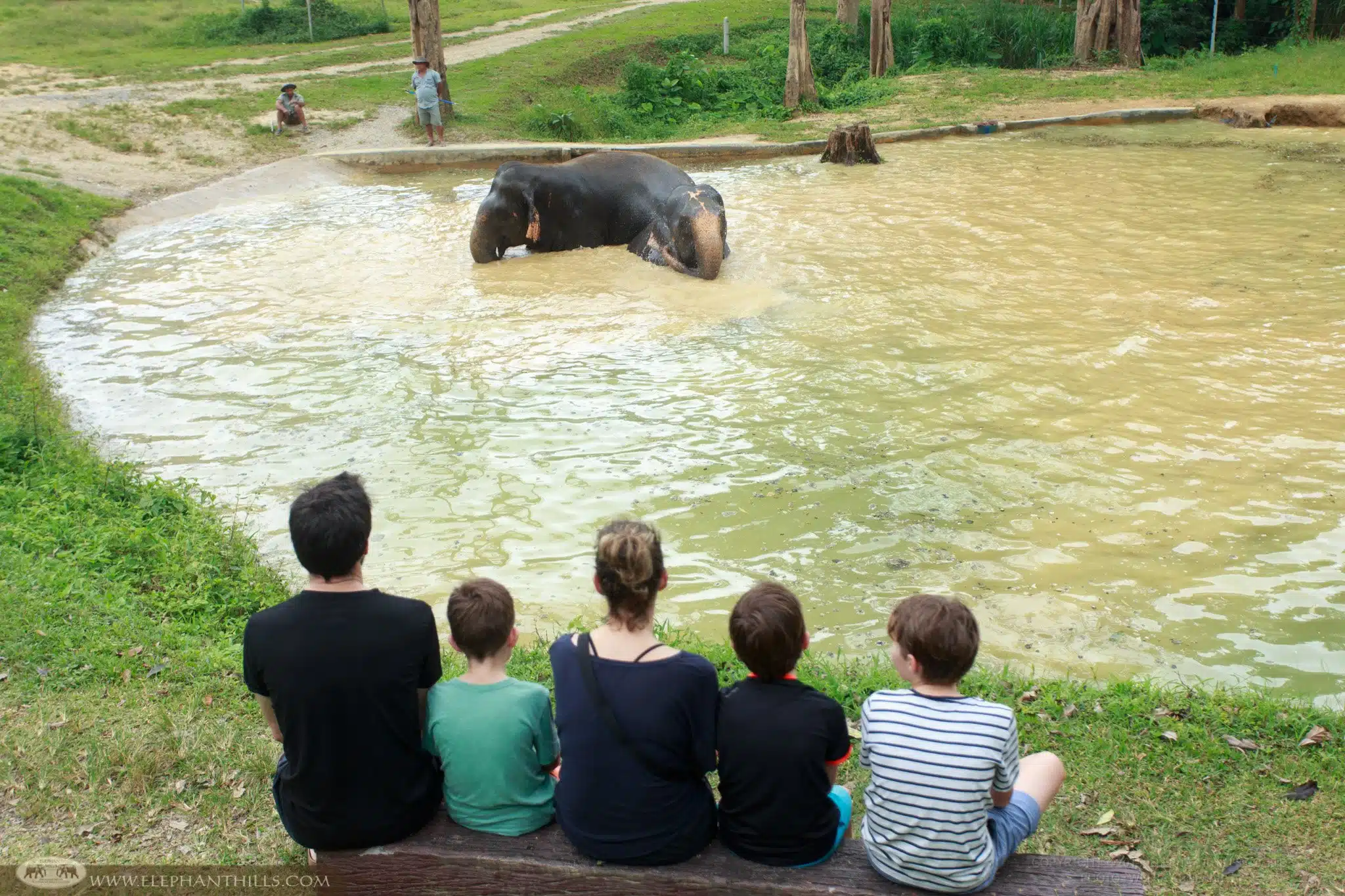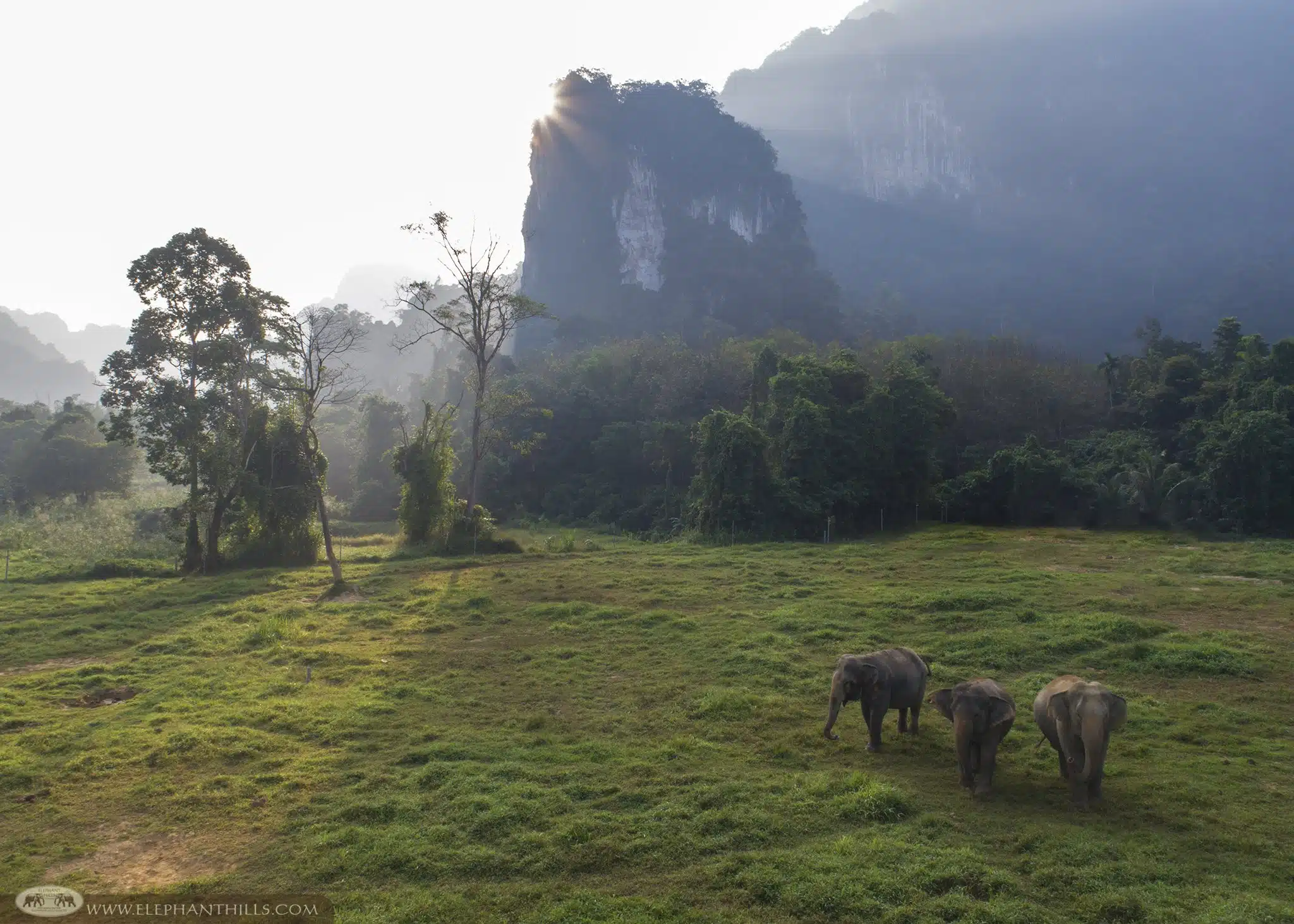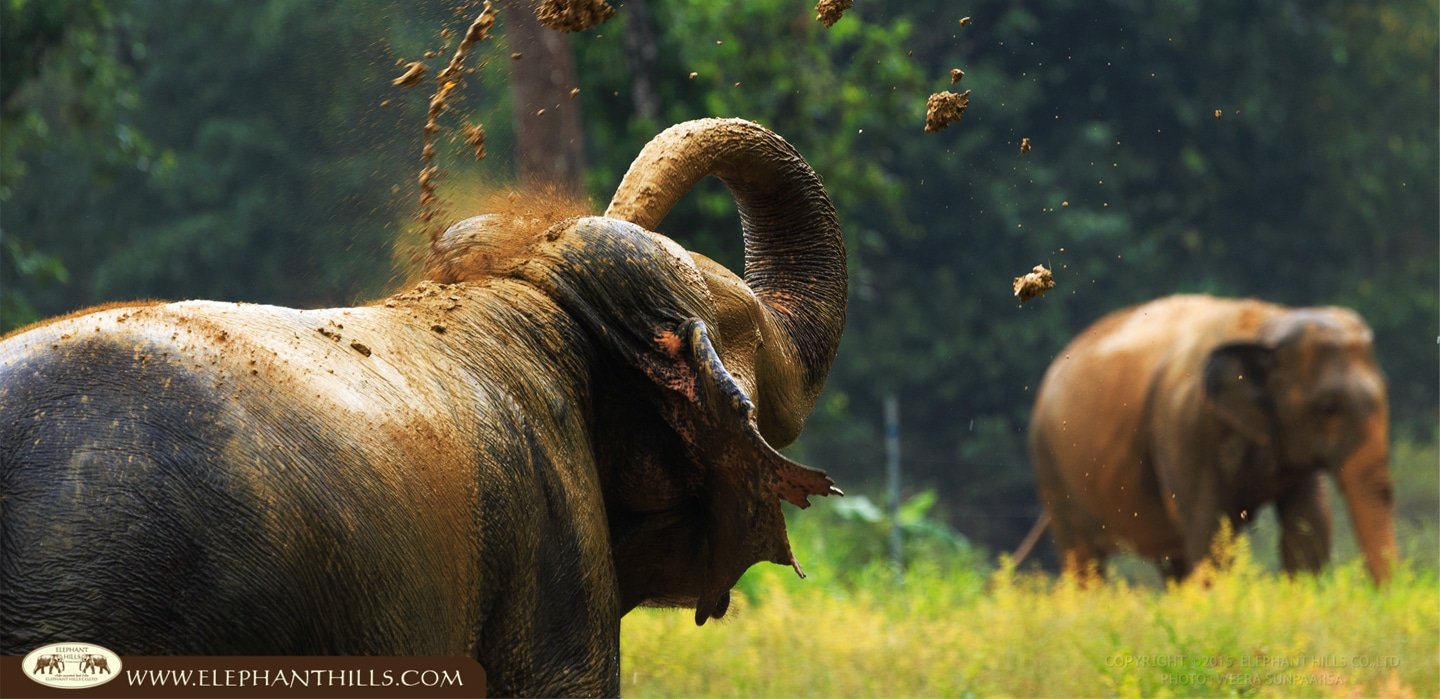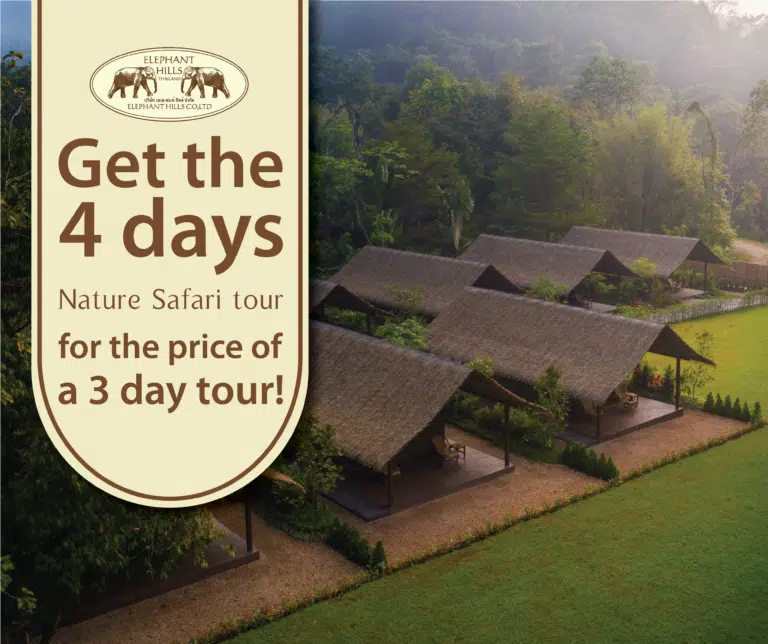Elephant In Thai Tradition
Elephant in Thai Tradition – The national animal of Thailand is the Thai elephant or Chang Thai (ช้างไทย). Elephants and their predecessors are thought to have been in Thailand since approximately 16 million years ago. A massive collection of fossils were excavated in the Tha Chang area in Northern Thailand, including the ancient Prodeinotherium, an ancestor of elephants dating from the early Miocene era.
Elephants have a rich, ingrained place in Thailand’s culture and identity. The first recorded mention of elephants in Thailand was in 1292. In an inscription carved in stone, King Ramkhamhaeng the Great of Sukhothai described a battle in his youth with rival chief Khun Sam Chon, in which his elephant, Bekhpon, advanced on the enemy, defending his father while his soldiers fled.
In fact, elephants have such a long tradition of being associated with the royal family, that in the Wild Elephant Protection Act of 1921, King Vajiravudh (Rama VI) ruled that all wild elephants were to be considered the property of the Thai government. In addition to this, it was decreed that any domestic elephant that had unique features, such as white elephants, were also to be presented to the king. Despite their misleading name, ‘white elephants’ are actually a dusky pink/grey colour. While not albino, they are a much lighter hue than ordinary Asian elephants.
